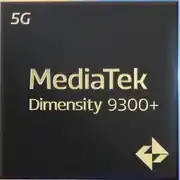Qualcomm Snapdragon 8 Gen 3

Qualcomm Snapdragon 8 Gen 3: The Flagship Mobile Platform of 2025
Overview of Architecture, Performance, and Use Cases
Introduction
Qualcomm Snapdragon 8 Gen 3 is the top-tier mobile processor setting performance standards for flagship smartphones in 2025. With Geekbench 6 scores of 2192 in Single-Core and 7085 in Multi-Core, as well as a record-breaking AnTuTu 10 score of 1,933,536, it positions itself as the ideal solution for gamers, creatives, and users who value speed. This article will explore the chip’s architecture, how it surpasses its competitors, and who it is best suited for.
1. Architecture and Technology Process: 4nm and Optimized Cores
Technology Process and Energy Efficiency
Snapdragon 8 Gen 3 is built on TSMC's 4-nanometer process (N4P), which provides a 15% reduction in power consumption compared to the previous generation (8 Gen 2, 4 nm N4). This allows for reduced heating and extended battery life even under heavy loads.
CPU: 8 Cores with a Hybrid Structure
The processor uses a three-tier architecture:
- 1× Cortex-X4 (3.3 GHz) — for the most resource-intensive tasks (gaming, rendering).
- 3× Cortex-A720 (2.8 GHz) — balance between performance and energy savings.
- 4× Cortex-A520 (2.0 GHz) — background processes and power economy.
This configuration ensures smooth transitions between tasks without overloading the "big" cores.
GPU: Adreno 750 — Next-Level Graphics
The Adreno 750 graphics accelerator is 25% more powerful than the Adreno 740. It supports ray tracing in games, bringing mobile gaming to console level. Technologies such as Vulkan 1.3 and OpenGL ES 3.2 ensure stable FPS in 4K projects, such as Genshin Impact and Call of Duty: Mobile.
2. Performance in Real-World Tasks
Gaming: 120 FPS in Ultra Settings
Snapdragon 8 Gen 3 handles the most demanding games:
- Honkai: Star Rail — 60 FPS at 2K resolution.
- Fortnite — 120 FPS with ray tracing enabled.
- Game Super Resolution mode enhances detail without losing smoothness.
Thermal modules in smartphones (for example, coolers in the ASUS ROG Phone 8) prevent throttling even after hours of gaming.
Multimedia: 8K and HDR10+
The chip supports:
- 8K@60 fps video recording and AV1 decoding.
- 144Hz and LTPO 4.0 display technologies (adaptive refresh rate down to 1 Hz).
- Snapdragon Sound audio format with aptX Lossless codecs for wireless headphones.
AI: NPU Hexagon 780
The neural processor with AI accelerators (up to 60 TOPS) is utilized in:
- Generative AI mode for content creation (text, images).
- Smart real-time video stabilization.
- Automatic optimization of camera settings based on the scene.
Power Consumption and Heating
Thanks to the 4nm process and optimization, smartphones powered by Snapdragon 8 Gen 3 last 20% longer than those using 8 Gen 2. In PCMark tests (web surfing, video), battery life reaches up to 12 hours. Under peak loads (e.g., gaming), the device temperature doesn’t exceed 42°C.
3. Built-in Modules: 5G, Wi-Fi 7, and Satellite Communication
Snapdragon X75 5G Modem
- Download speeds of up to 10 Gbps (mmWave + Sub-6).
- Support for AI-driven antenna management — improves signal strength in areas with weak coverage.
Wi-Fi 7 and Bluetooth 5.4
- Wi-Fi 7 (up to 40 Gbps) with High Band Simultaneous Multi-Link technology — operates on two frequencies simultaneously to reduce latency.
- Bluetooth 5.4 with LE Audio — simultaneous streaming to multiple devices.
Satellite Communication
The Snapdragon 8 Gen 3 is compatible with Iridium and Starlink systems, allowing emergency messages to be sent even without a cellular network.
4. Comparison with Competitors
Apple A18 Bionic (iPhone 16 Pro)
- Single-Core: 2450 (Geekbench 6).
- Multi-Core: 7200.
- Pros: Better optimization for iOS, energy efficiency.
- Cons: No support for Wi-Fi 7, device prices starting at $1200.
MediaTek Dimensity 9400
- Single-Core: 2100, Multi-Core: 7000.
- Pros: 15% cheaper than Snapdragon 8 Gen 3.
- Cons: Weaker GPU (Mali-G720) in gaming.
Snapdragon 8 Gen 2
- AnTuTu 10: ~1,500,000.
- Pros: Gen 2 devices start at $700.
- Cons: No next-gen AI accelerators.
Conclusion: Snapdragon 8 Gen 3 leads in multimedia tasks and gaming but lags behind Apple in single-threaded performance.
5. Use Cases
Gaming
Smartphones like Xiaomi 14 Ultra or Nubia RedMagic 10 with active cooling and 165 Hz displays are perfect for esports enthusiasts.
Everyday Tasks
Fast app launches (0.8 sec), multitasking (simultaneous streaming + video editing).
Photos and Videos
- 8K HDR recording with noise reduction.
- Nightography 3.0 mode for shooting in 0.1 lux.
- Real-time AI retouching of portraits.
6. Pros and Cons
Advantages:
- Best-in-class graphics (Adreno 750).
- Support for Wi-Fi 7 and satellite communication.
- Energy efficiency.
Disadvantages:
- High device prices (starting from $1000).
- Heat generation during prolonged 8K sessions.
7. Tips for Choosing a Smartphone
- Cooling: Look for models with vapor chambers (e.g., Samsung Galaxy S25 Ultra).
- Display: LTPO 4.0 and brightness of 2500 nits for HDR content.
- Battery: At least 5000 mAh for gaming.
Typical Devices:
- Premium flagship devices (price $1000–$1500).
- Gaming gadgets (ASUS ROG Phone 8, $1300).
8. Final Conclusion: Who Should Choose Snapdragon 8 Gen 3?
You should consider this processor if you:
1. Gamer, wanting to play in 4K with maximum settings.
2. Content creator, shooting videos in 8K.
3. Tech enthusiast, valuing innovation (AI, Wi-Fi 7).
Key Benefits:
- Future-proof for 3–4 years.
- Versatile for work and entertainment.
Conclusion
Snapdragon 8 Gen 3 is not just a processor; it is a platform for the most ambitious mobile tasks. Despite its high cost, it justifies its price with outstanding performance and innovative features, making it the best choice for those who are not willing to compromise.
Basic
5x (3x3.2 GHz/2x3.0GHz) – Cortex-A720
2x 2.3 GHz – Cortex-A520
GPU Specifications
Connectivity
Memory Specifications
Miscellaneous
Benchmarks
Phones with Snapdragon 8 Gen 3
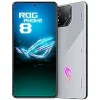
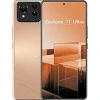

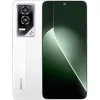


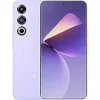
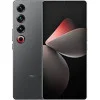


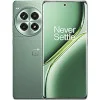

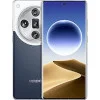
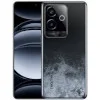
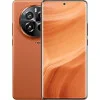

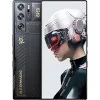

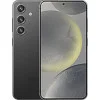
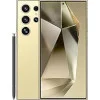
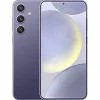


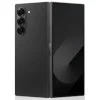

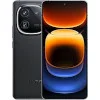

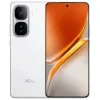
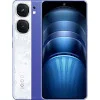

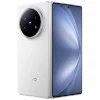
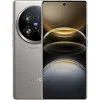
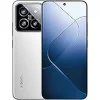
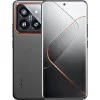
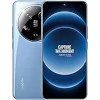
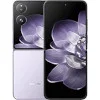
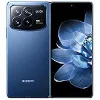

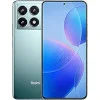
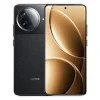
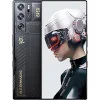

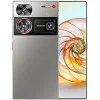
Tablets with Snapdragon 8 Gen 3

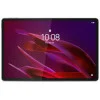
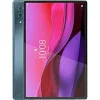
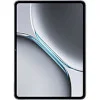



Comparison of Devices with Snapdragon 8 Gen 3
Compared to Other SoC
Related SoC Comparisons
Share in social media
Or Link To Us
<a href="https://cputronic.com/en/soc/qualcomm-snapdragon-8-gen-3" target="_blank">Qualcomm Snapdragon 8 Gen 3</a>

